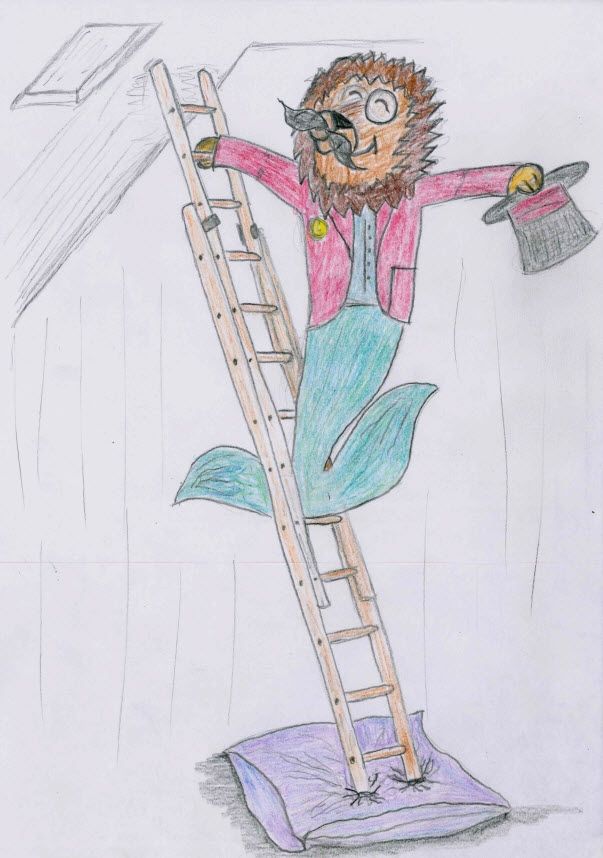[NOTE: This article also forms the basis of a podcast episode – “Ladder Safety Hazards” – available on this website. If you prefer to listen to this content rather than read it, please go to the podcast audio]
Ladders are surprisingly dangerous.
The introduction to the Health and Safety Executive’s (HSE) publication “Safe Use of Ladders and Stepladders – An Employer’s Guide” (link to PDF – download begins immediately) confirms that: “A third of all reported fall-from-height incidents involve ladders and stepladders. On average this accounts for 14 deaths and 1200 major injuries to workers each year. Many of these injuries are caused by inappropriate or incorrect use of the equipment.”
There is a reported instance of someone suffering a fatal injury after losing their footing on the second rung of a ladder, falling backwards and hitting their head on the floor.
Unfortunately, judges have a tendency to regard ladder use as requiring nothing more than common sense. As a result, victims of ladder accidents can easily lose out on compensation. The following example illustrates how this has happened.
The sad case of George Sharp
George Sharp was employed by Elnaugh & Sons Ltd as an electrician.
He suffered injuries to his knee and face when he fell from a ladder in the course of work on overhead heaters inside a church in Chelmsford, Essex, in January 2003. The ladder provided by his employers was not long enough, so he borrowed a 3m ladder from the church. He was worried about marking the floor and so placed a cushion under the base of the ladder. The top of the ladder was not against a vertical wall but against one that sloped inwards up to the roof.
The church warden initially footed the ladder for Mr Sharp but, at the time of Mr Sharp’s fall, he had gone outside to turn off the electricity. It appears that the base of the ladder slipped away from the wall, causing the ladder and Mr Sharp to fall. This is a common mechanism for an accident involving a ladder.
Mr Sharp’s claim failed.
The judge in the case regarded the ladder as a simple piece of equipment and considered that the dangers of using a ladder at height are well known to any handyman.
However, the judge was not referred to the HSE Guidance and it is arguable that Mr Sharp’s claim should have succeeded at least to some extent. Mr Sharp was foolish and careless and should have had his damages reduced for contributory negligence.
On the other hand, Mr Sharp’s health and safety knowledge and training was clearly insufficient to make him realise, for example, how dangerous it was to place a cushion under the foot of the ladder – putting Elnaugh in breach of Regulations 8 and 9 of the Provision and Use of Work Equipment Regulations 1998.
If ladder use is straightforward, why do so many get it wrong?
Ladders are dangerous if used inappropriately or incorrectly.
The judge in Mr Sharp’s case was of the view that use of a ladder is largely a matter of common sense.
The problem is that HSE’s statistics tend to suggest that, in far too many cases, use of a ladder is clearly not a matter of common sense, where employers can safely leave it to their employees to make the right decisions about when and how to use a ladder in their work.
How we can help
If you or someone you know has had an accident involving a ladder, do not assume that the accident must have been your fault.
In our experience, proper analysis of the accident circumstances usually results in a successful claim, often with nil or minimal contributory negligence. It always pays to get advice from a specialist personal injury solicitor.
Feel free to contact us if you have any questions about a matter raised in this article or about any aspect of our personal injury services, generally. You can call us on 01343 544077 or send us a Free Online Enquiry.
Make A Free Online Enquiry Now
A link you might like
If you found this article useful, why not take our Ladder Safety Quiz?

